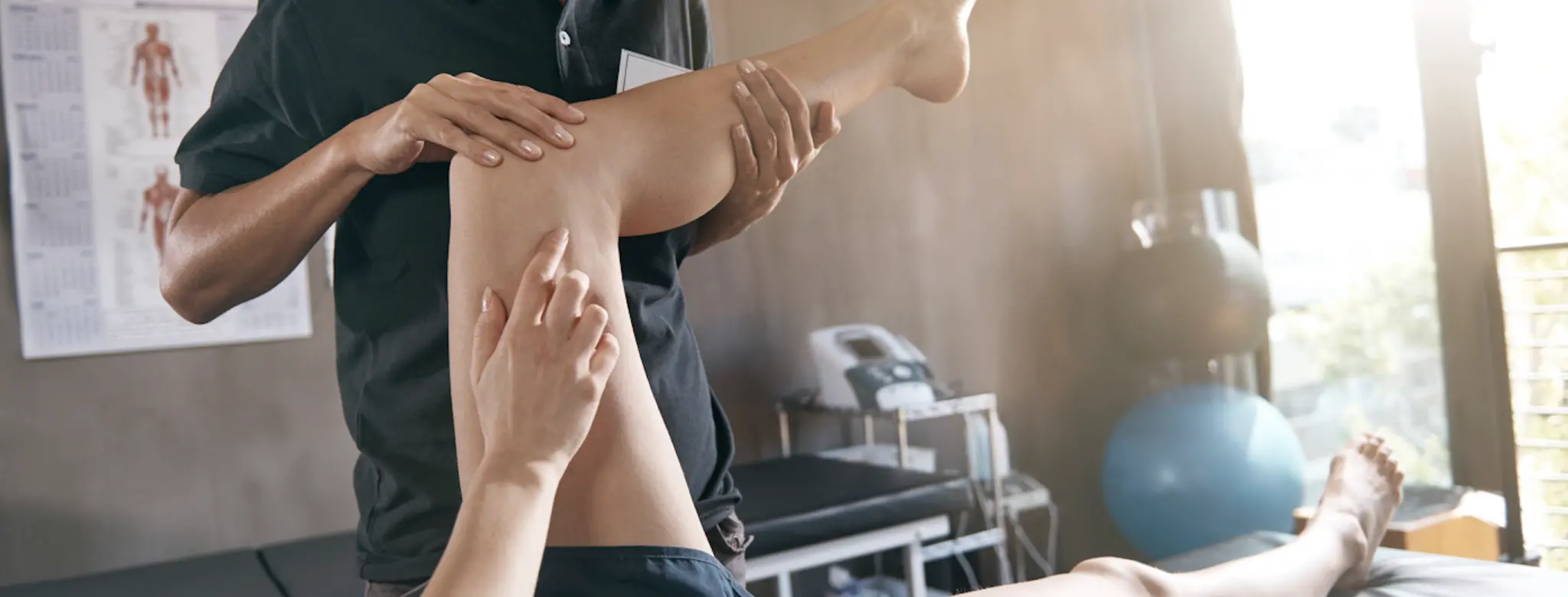
SOAP Notes for Appointments
September 7, 2023
This feature is currently available for Pro, Accelerate and Ultimate subscribers.
SOAP notes were developed in the 1960s at the University of Vermont by Dr. Lawrence Weed as part of the concept of problem-oriented medical recording. Today, they’re a common best practice in the medical, health and wellness fields, including integrative health.
SOAP is an acronym for the sections of the note associated with a patient’s visit: Subjective, Objective, Assessment and Plan. This generally follows the flow of an appointment, ensuring that the information you capture is organized and complete.
The standardized outline makes it easy for you to record the visit details for each client, track their history, and evaluate their progress. Plus, the familiar format simplifies communication between you and your staff members, other practitioners or healthcare professionals, and insurance companies.
Using SOAP notes in Mindbody adds convenience to the process of documenting your clients’ visits. Each note you add must be linked to an appointment, and you can create a new note right from your schedule. The note is saved in the client’s profile, where you can view and edit it later.
This feature was developed with privacy at top-of-mind—it’s HIPAA compliant, and you can use staff permissions to limit who is able to view, add, and edit SOAP notes.
Adding SOAP Notes
On your appointment schedule, click the block for the visit you’d like to add a note to. In the pop-out menu, click SOAP Note.
The SOAP Notes page will open with all of the appointment info populated at the top: the client’s name, the appointment type, date and time, your name, and any ICD and CPT codes.
The SOAP Notes page is broken up into four text fields, plus a SOAP Notes History that will list all of the existing notes for that client in reverse-chronological order. (You won’t see the history until there is at least one note added to the client’s profile.)
Writing a SOAP Note
Use the text boxes to enter information regarding your client and the appointment.
- Subjective: Note the reason the client is visiting and the issues that they’re having, according to them. Avoid voicing your opinion of what they’re saying—there’s another section for that!
- Objective: What do you observe? In this section, note the symptoms you can see and anything that you’ve measured (e.g., weight, vital signs, diagnostic test results, etc.). Don’t interpret the data in this section, just record it.
- Assessment: After you collect and evaluate the subjective and objective information, you’ll be able to form and notate your assessment of the client’s condition. What do you think is going on? Why do you think that?
- Plan: Map out what’s next. What are you recommending the client do? and how often? What will you do?
- Additional Note: You might collect some information during an appointment that doesn’t quite belong in one of the SOAP sections. Use the Additional Note field to jot down those extra details. Some practitioners will use this space to document their clients’ goals, questions or expectations.
SOAP Note-taking tips
SOAP notes are an effective tool when they are consistent and comprehendible. Set up your software and train your staff to make sure your SOAP notes deliver maximum value to you and your clients.
Clean up existing information
Each note will automatically populate with your client’s appointment information, so make sure that it’s been entered into your software correctly. Check that:
- Clients’ first and last names are in their profiles.
- Practitioners’ first and last names are added to their staff profiles.
- Your appointment type names are complete and easy to understand.
- Applicable ICD and CPT codes, and CPT units and modifiers have been added to the appointment.
Duplicate notes to save time
For clients with chronic conditions and recurring appointments, changes from one visit to the next can be minute. Clicking the Duplicate button will copy SOAP notes from the previous appointment to the current one when both are the same type and with the same staff member. This way, you have a solid starting point to add new information, without wasting time re-typing the old.
Set up a review process
Maybe you manage multiple practitioners and you want to ensure that evaluation and treatment methods are up to your standards. Conversely, you might work with just one partner, and you want to review each other’s notes for consistency in client care. Develop and agree upon a review process for entering and approving notes among your staff. Once that process is in place, use the two save options to distinguish between notes that need review or that have been approved.
Both buttons will save any notes that you’ve entered and list the note in the client’s SOAP Notes History.
- Save and Finish Later will save the note as “In Progress.”
- Save and Complete will save the note as “Complete.”
Make it easy to read
Remember: It’s likely that you’ll share these notes with another staff member, insurance companies, or another service provider. Make sure what you’re writing will make sense to anyone who reads it.
- Paint a full picture; don’t leave out any details.
- Avoid jargon. Only use abbreviations that everyone will understand.
- Format text for scannability. (For example, use the text editor to bold or underline important details you that shouldn’t be looked over. If you’re listing symptoms or a course of action, create a bulleted or numbered list).
Here are some examples to help you with SOAP Notes formatting
Make sure your appointment type names are complete and easy to understand.
- Bad: DT Msg Apt. - 30
- Good: Massage - 30 min - Deep Tissue
Provide as many details as you can, to paint a complete picture.
- Bad: Experiencing pain in left leg.
- Good: Arnold has been experiencing sharp pain in his left leg. Pain is present when he is standing, walking, or sitting. Subsides when he is laying down. Pain began after he played soccer with his son one week ago. Not as severe in the morning, but progresses throughout the day and is worst in the evening.
Don't use jargon and limit abbreviations.
- Bad: Rec. 2-3 AH, MWF to up ROM prior to next apt.
- Good: Recommended 3 at-home (AH) stretches MWF to increase range of motion prior to the next appointment.
Find out more about how you can use SOAP Notes for appointments using the Mindbody software.



